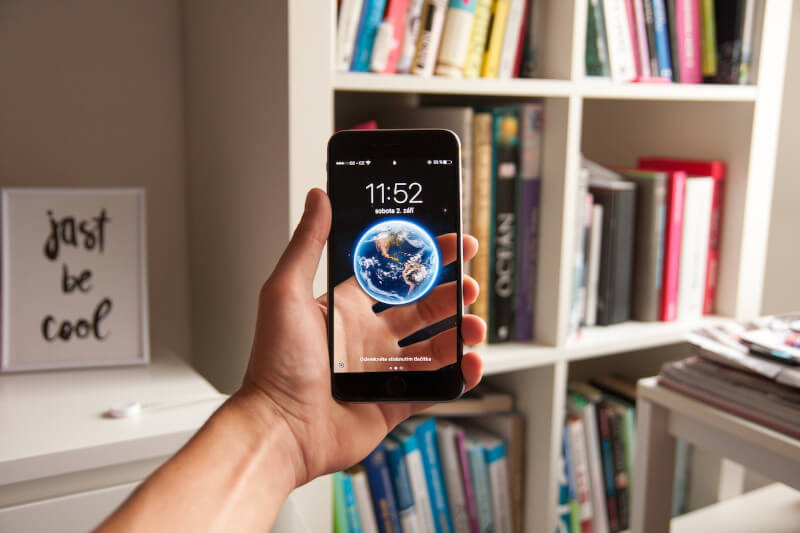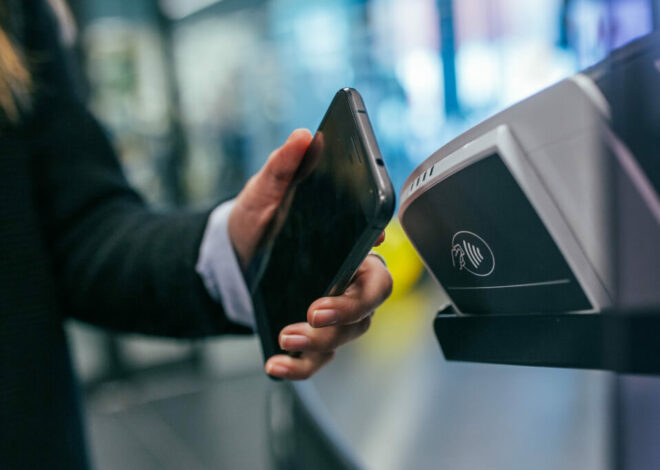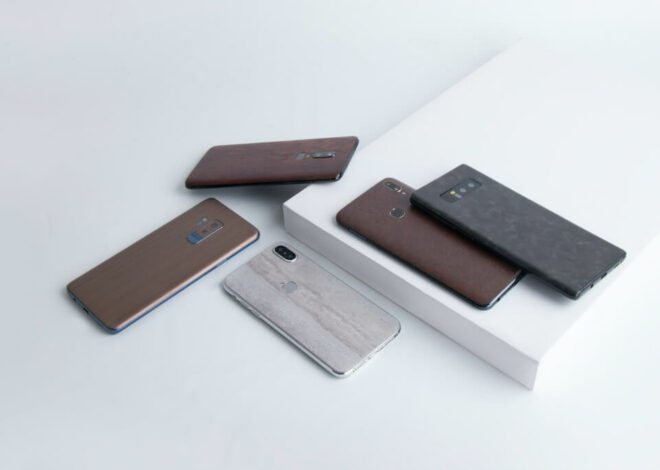
Smartphone Accessibility Features
It’s important to keep in mind that in an increasingly interconnected world, technology shouldn’t be used for the benefit of a select few. With such a large and varied population, as well as a wide range of cultural practises and circumstances, South Africa has a lot to gain from accessible technology. This openness reaches as far as the smartphone you carry in your pocket.
The Importance of Mobile Accessibility
When we talk about accessibility in mobile technology, we mean making it so that anyone, regardless of their physical or mental capabilities, can utilise a smartphone in its entirety. Suppose your grandmother, who may have trouble seeing, can easily read a text message. Or where a friend with motor difficulties can use the gadget without any problems. The point of accessibility is to level the playing field so that everyone can benefit from the information age.
Revolutionary Devices
Certain smartphone manufacturers have made great strides in incorporating accessibility features, which not only make technology more accessible but also radically reimagine the user experience. Learn more as we investigate these pioneers in accessible mobile technology.
Samsung’s Galaxy Visionary: This smartphone is quickly becoming a critical and commercial success for Samsung. The groundbreaking VoiceOver function is the heart of its acclaim. Not your average screen reader, this one makes use of natural motions. Users with low vision are able to move across the digital world with unprecedented ease. The visual magic of smartphones is now something everyone can enjoy thanks to the inclusion of audio descriptions for all of the icons, alerts, and pictures.
Apple’s iPhone Echo: Apple has always been ahead of the curve when it comes to aesthetics and innovation, but with the Echo, they’ve really put their foot down for widespread availability. The Sound Amplifier was included since they understood the difficulties people with hearing loss experience. It’s not enough to simply increase the level; the sound must be clear, with as little noise in the background as possible and as much useful information as possible. Users may expect to hear and listen with greater clarity in every call, song, and video.
The OnePlus ProTactile: Since many people have trouble using touchscreens, the Adaptive Switches function has completely changed the way we engage with technology. No longer are swipes and taps the only available gestures. The gadget can be controlled with a nod of the head, a wave of the hand, or even a light hit. Instead of humans adjusting to new technologies, the reverse is happening here.
Other Well-Known Brands

Pixel, Google’s latest and greatest, has always been an inclusive flagship device. The Pixel’s “Live Transcribe” function, for instance, is helpful for folks who have trouble hearing. Real-world discussions can be quickly transcribed into text. In addition, the “Lookout” software can identify items through the camera and provide audio feedback, making it useful for the visually handicapped.
Features tailored to people with mobility and cognitive limitations are built into Huawei’s Mate Series. Their “Easy Mode” makes the phone more accessible to elderly and others with visual impairments by streamlining the user interface and enlarging on-screen symbols and text.
Sony Xperia: Sony is not lagging behind other manufacturers in the accessible technology race. For those with mild to moderate hearing loss, Sony’s “Xperia Hearing Settings” optimises audio and improves clarity. In addition, they include a feature called “Touch Blocker” that stops people from touching you accidentally. This is great for people who have motor difficulties or tremors.
Nokia, a once-dominant company that has recently had a renaissance, has included a number of features in their smartphones that make it easier for those with visual impairments to use the devices, such as a screen reader and magnification gestures.
LG: LG’s accessibility features include “Touch Zoom,” which makes it simple to enlarge the screen, and “Flash Alerts,” which helps the hearing-impaired by converting ringing tones into camera flash notifications.
Even though the aforementioned companies have come a long way, it’s encouraging to see the wider smartphone ecosystem recognising the significance of diversity. Each company has been working to make their products and services more accessible to a larger range of people, proving once and for all that technology is really democratising.
Voices of Experience
It’s one thing to hear experts gush about the latest and greatest features, but the real test of any device’s worth is how it performs in the hands of an average consumer. So, what does the general public in South Africa think of these innovative new accessibility tools? Read on for an in-depth look at the lives of several smartphone aficionados:
Thabo, a dedicated photographer from Johannesburg, was so appreciative with the Samsung Galaxy Visionary that he wrote a thank-you note. The VoiceOver function has revolutionised the way I interact with electronic devices. After feeling left behind by the digital age due to my visual impairment, I am now able to use my smartphone with the same ease and wonder as anybody else. To think that technology has finally allowed me to cross that chasm…
Retired teacher and Cape Town resident Mira has found an unexpected companion in her OnePlus ProTactile. She began, “For years, I’ve had to fight arthritis, and every time I used my phone, the pain in my fingers would remind me of the battle.” Whereas the Adaptive Switches? They seem tailor-made for my needs. They’ve restored for me the pleasure of simple conversation.
Durban’s busy event manager Zanele gushed over her new Apple iPhone Echo. The Sound Amplifier is a godsend, what with all the background noise and mayhem at work. Calls from me are now crystal clear. It will no longer be necessary to ask customers to repeat themselves or strain to hear them over the phone. It’s simple, it’s straightforward, and it’s altered the way I do my job.
When you break down these testimonies, you see that the magic isn’t just in the technology, but in the effect it has on people’s lives. These additions have done more than improve phone use for Thabo, Mira, and Zanele; they have revolutionised their daily routines. It’s a sobering reminder that the intersection of creativity and empathy may produce profoundly transformative outcomes. Voices like this highlight the significance of inclusive design as the tech sector continues to produce new wonders.
Continued Progress
It’s undeniable that as technology improves, universal access and usability become more critical than ever. While the efforts made to make smartphones more accessible are admirable, there is still room for improvement. Tech companies, producers, and developers should never lose sight of the number of people who depend on their products.
Take accessibility into account when shopping for your next smartphone. These options may not be necessary for you right now, but they may be in the future, or they may be valuable to someone you care about.
It’s not just a fad; it’s a full-fledged social movement. And in a country as dynamic and varied as South Africa, it’s a movement that will make sure everyone, no matter what they’re up against, is still a part of the online conversation.



